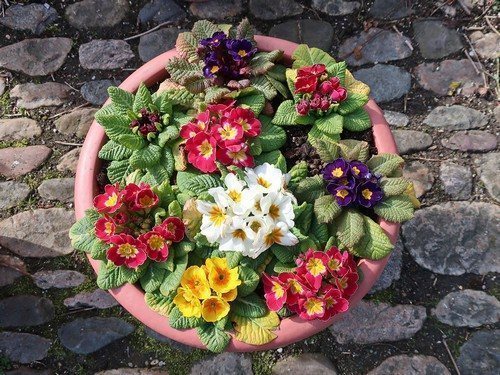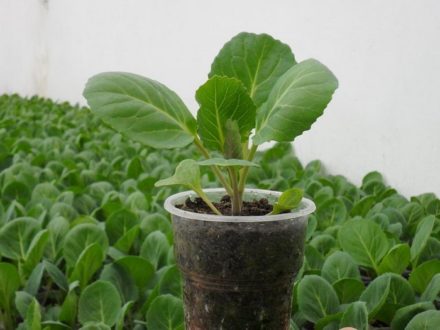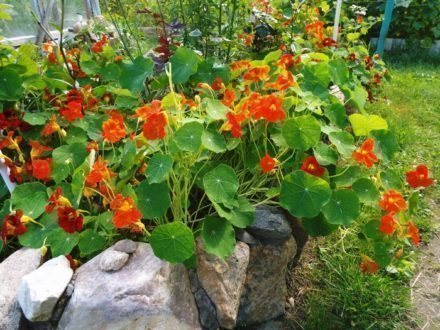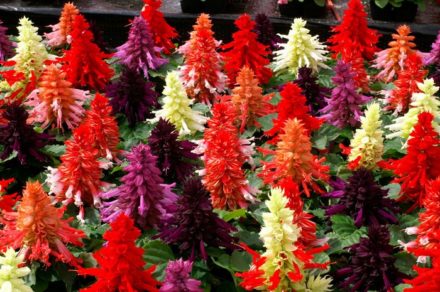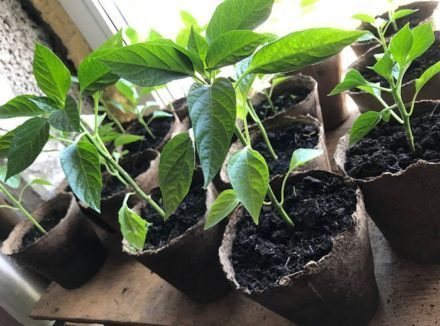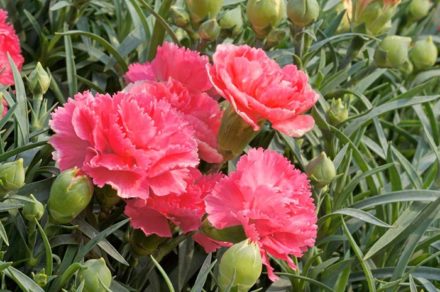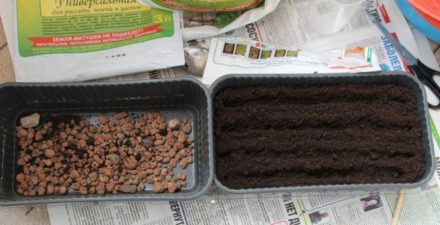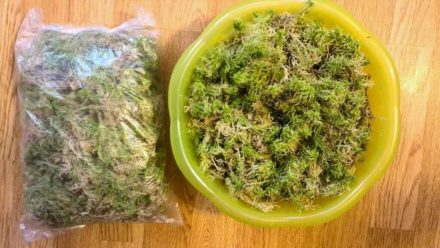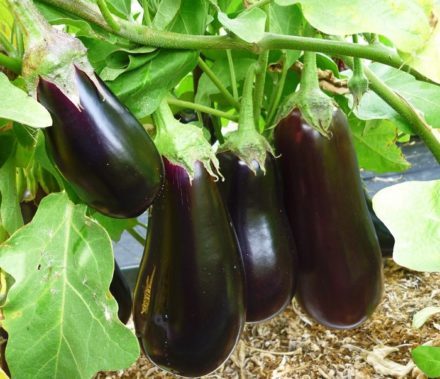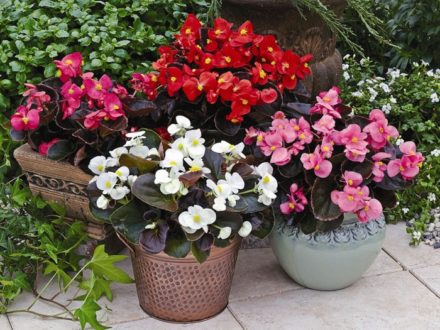Primrose decorates the garden with its blooms in spring, when there are so few bright colors. This is precisely why she is appreciated. In adulthood, the flower is unpretentious, it requires minimal care and easily tolerates frost. From year to year, primroses grow until they completely occupy the space allocated for them. After this, individual bushes will need to be transplanted to another location. Not everyone decides to grow primrose from seeds because of possible difficulties with seedlings. You shouldn’t be afraid of this: experienced flower growers assure that finding an approach to the plant is not at all difficult.
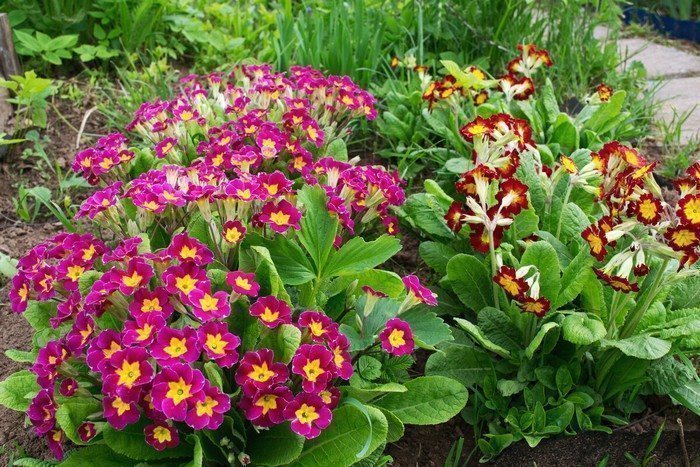
Seed stratification
Beginners, having heard that primrose seeds need stratification, are afraid to get confused in the intricacies of this process and do not dare to grow a flower through seedlings. In fact, rumors about the need for special preparation of perennial seeds are greatly exaggerated. There are not many varieties that really need stratification.
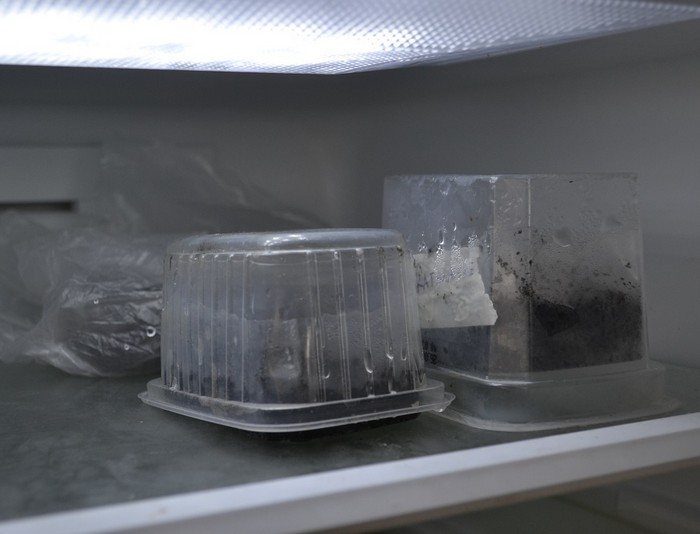
Planting material for the most part does not lose its viability during storage at room temperature, especially when it comes to modern hybrids. It is advisable to place the seeds in the refrigerator if you do not plan to sow in the coming season. They will keep even better in the freezer. The seeds are first placed in hermetically sealed bags or jars with a lid.
Optimal sowing dates
It is best to start germinating primrose seeds at the junction of winter and spring.Earlier sowing is permissible if it is possible to provide additional lighting for the seedlings. With such sowing dates, by the time of transplanting into the ground it will be possible to obtain strong and healthy plants, but flowering will occur only next spring.
Impatient gardeners sow in November so that the primroses will bloom the following spring, but for beginners, caring for seedlings for such a long time can be difficult. After all, you need to maintain temperature and humidity conditions and constantly use lighting.
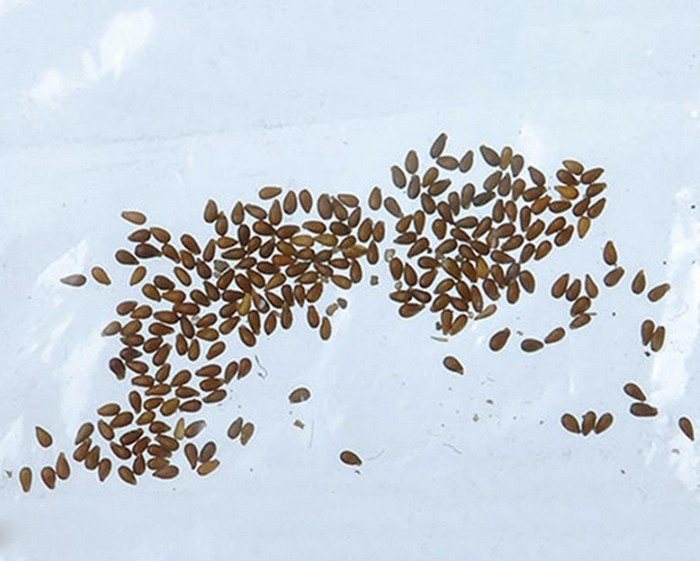
It is better to sow the seeds in the second half of February and be patient to see the bright heads of blooming primroses a year later. Flower growers have different opinions regarding the recommendations of the lunar calendar. Some believe that the phase of the moon affects the growth and development of plants planted on favorable days, others argue that in this case everything happens as usual.
Requirements for landing tanks
There are no special requirements for planting containers for primroses. These can be food containers, packaging left over from food, plastic trays, special mini-greenhouses.
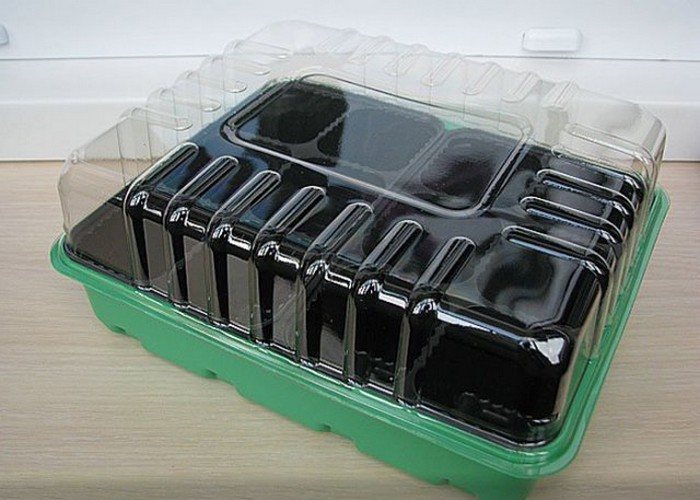
The main thing is that the container has a transparent lid and holes in the bottom to drain excess liquid. Primroses are quite miniature and at first can grow in a common container. In the future, the seedlings will need to be planted into separate cups or small pots.
Choosing the right soil
Primrose seedlings have very delicate roots that need a granular soil structure. Air easily penetrates into such soil and is retained for a long time, which is important for plants. The earth should have a neutral or slightly acidic reaction.The nutritional value of the soil at the stage of seed germination is much less important. For sowing, purchased “Universal soil for flower seedlings” is quite suitable.
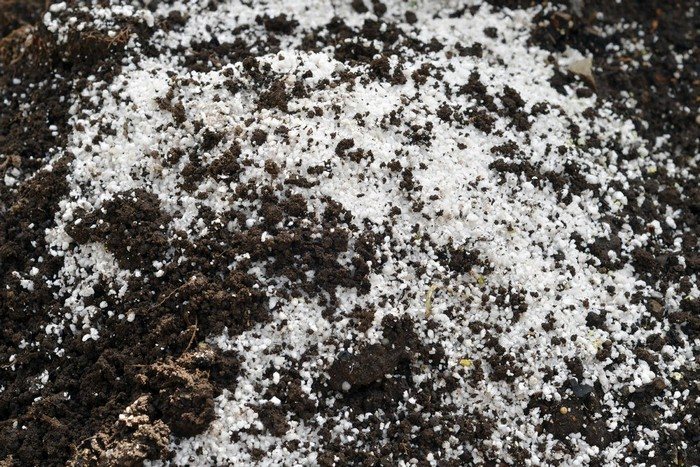
You only need to slightly improve its structure by adding agroperlite or vermiculite. The granules absorb 4 times their own weight in water and then gradually release it. Thus, it is possible to maintain uniform soil moisture for a long time. In addition, both additives prevent caking and excessive soil compaction and increase its breathability.
Subtleties of sowing
The growth rate of seedlings is directly related to the sowing pattern. Seeds should not be sown too thickly; it is advisable to maintain at least a minimum distance between them. The peculiarity of primrose is that its seed material is too small, which can cause difficulties for an inexperienced grower.
The most convenient way is to place the seeds in a sheet of paper folded in half, from which you then sprinkle them little by little onto the ground. You can also use a toothpick. Its tip is moistened with water, the seed is glued to the damp surface and transferred to the desired location.

The choice of method depends on the number of seeds available, and if there are few, use a toothpick. There is no need to bury the seeds; they are only slightly pressed into the soil. After this, the crops are irrigated with a sprayer and covered with a lid or transparent film.
Temperature
The rate of emergence of seedlings is affected by temperature. For most varieties, it is necessary to maintain a temperature of + 12-18 °C. If the container is placed in a warm room, the seeds will germinate very slowly, and in some cases may even die.At the same time, crops also do not need excessive cold. If the temperature drops to +10 °C or lower, the germination process stops.
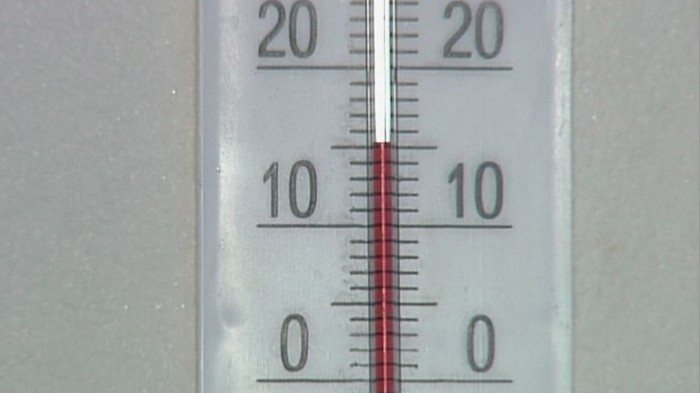
Sometimes it happens that when sowing fresh and high-quality seeds, seedlings do not appear even after a month. Perhaps you got a variety that still needs stratification. For testing, it is worth placing the container with the crops in the refrigerator for 1–2 months. After this, take out the container and try to germinate the seeds again.
Important points in caring for seedlings
Before emergence, crops require very careful watering. During this period, it is better not to water the seedlings, but to cover them with a lid, moistened from the inside using a fine spray. By evaporating, the water will maintain the desired level of humidity in the container.
When sprouts appear, the soil should always remain slightly, but not excessively, moist. Overwatering causes small plants to easily rot on the roots. Water them in doses; it is best to use a medical syringe without a needle for this. Water is added to the root zone of each seedling.
When mold appears, the soil in the container is sprinkled with river sand, which is pre-calcined. You can also treat this area with a solution of the drug "Maxim". It is better to keep young plants on the most illuminated windowsill, but not in direct sunlight. On cloudy days, the primrose lights are turned on.
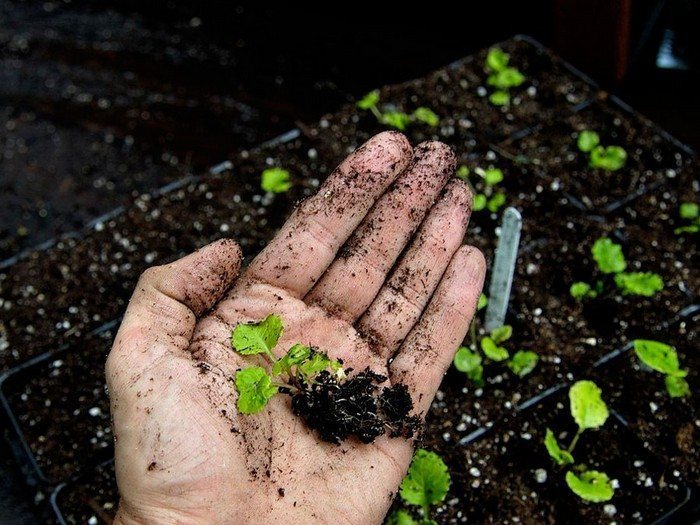
Later you will have to pick the seedlings 2-3 times. Each such procedure will promote the growth of the root system.The first picking is done after 2-3 true leaves appear, and even earlier if the sowings are too dense. Seedlings do not need fertilizing.
If you follow the rules for growing seedlings at all stages, by the time you transplant them into the ground, the primroses will have juicy green leaves and branched shoots. Plants are planted in a flowerbed after the threat of frost has disappeared.


